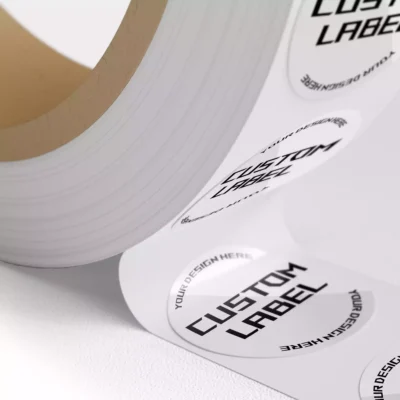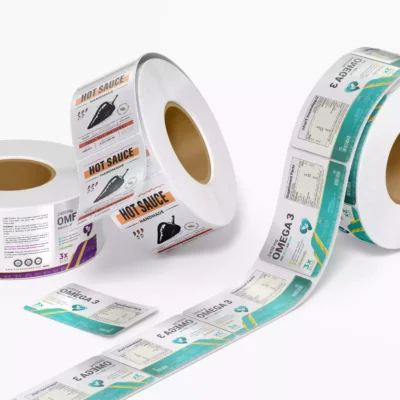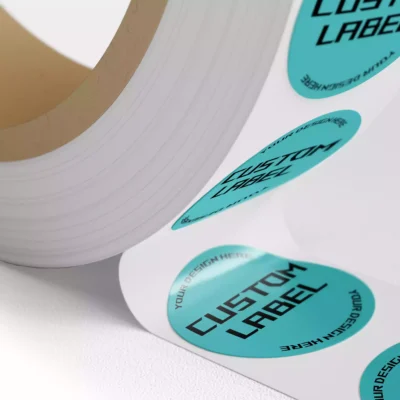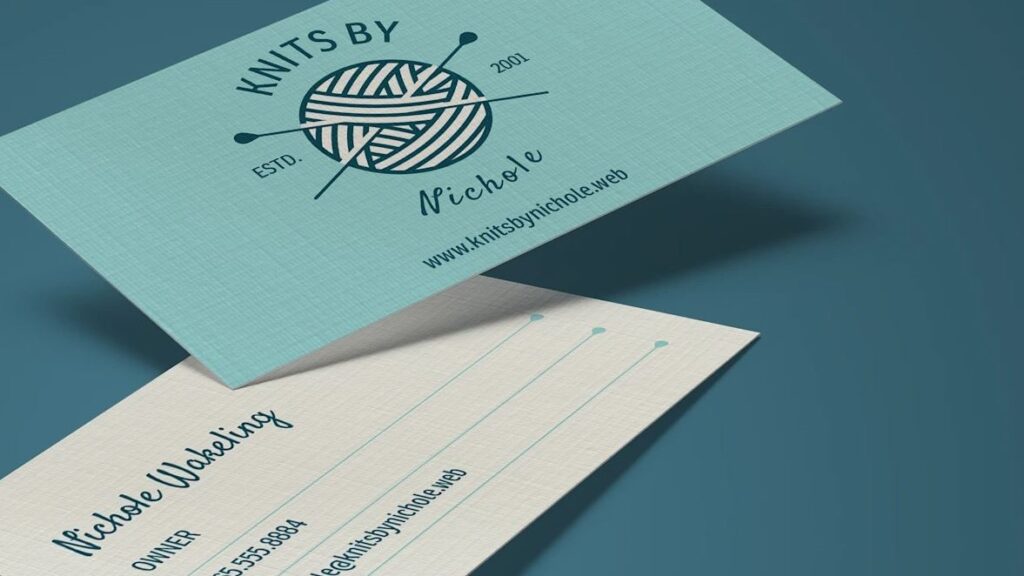The humble business card, often a small piece of cardstock bearing professional information about an individual or a business, has a storied past that intertwines with the history of commerce, culture, and communication. From its origins in the East to its evolution through the industrial era and into the digital age, the business card has remained a staple of professional etiquette and networking. This article looks into the origins, transformations, and modern iterations of the business card, offering a glimpse into how this small token of introduction has become a significant symbol of identity and connection.
Origins in the East
The earliest known version of the business card dates back to 15th-century China. The aristocracy announced visitors using these cards, known as “Meishi,” a practice that placed an emphasis on status and formality. The concept traveled through the sophisticated trade routes to Europe, where it gained prominence in the aristocratic circles of 17th-century France as “visite biletes” and in England as trade cards.
The Rise of Trade and Visiting Cards in Europe
In Europe, the visiting card became a fixture of aristocratic society by the 17th century, serving as a means to announce one’s arrival to the household they were visiting. These cards were initially a privilege of the wealthy, intricately designed and often carried by servants.
The invention of the printing press by Johannes Gutenberg in the 15th century democratized the production of business cards, among other printed materials. This innovation made business cards more accessible, allowing not only the aristocracy but also the emerging middle class to partake in the exchange of these tokens of professionalism and etiquette.
In recent years, the integration of QR codes and NFC (Near Field Communication) technology has further revolutionized the business card landscape. These innovations allow for a seamless transfer of information from a physical card to a digital device, making networking more efficient and sustainable. This transition underscores a growing preference for eco-friendly alternatives and digital convenience, catering to the environmentally conscious and tech-savvy professionals of today.
The Artistic and Creative Renaissance
Parallel to its practical evolution, the business card has undergone an artistic renaissance. Designers and artists see it as a canvas for creativity, blending form and function to make memorable impressions. Unique materials, such as wood, metal, and recycled goods, are being used to reflect individual style and environmental values. This trend not only showcases the cardholder’s identity but also emphasizes the importance of sustainability and innovation in professional exchanges.
As we look to the future, the business card’s role in professional networking continues to adapt. With advancements in augmented reality (AR) and virtual reality (VR), the next generation of business cards could offer immersive experiences, providing a virtual introduction to a person’s professional world. Imagine pointing your phone at a business card and being taken on a virtual tour of a portfolio or project. This potential highlights the ongoing evolution of business cards from mere contact information carriers to comprehensive storytelling tools.
Despite the rise of digital alternatives, the physical business card remains a significant cultural and professional artifact. In many cultures, the exchange of business cards is imbued with ritual and meaning, reflecting respect, honor, and the value of personal connection. As we navigate the digital age, these traditions remind us of the importance of the human touch in business interactions, bridging the gap between digital efficiency and personal sincerity.
Wrapping Up
The business card’s journey from a 15th-century Chinese innovation to a modern networking tool encapsulates the interplay between tradition and technology. As it continues to evolve, the business card remains a testament to the enduring importance of personal connections in the professional world. Whether through a beautifully designed physical card or a dynamic digital profile, the essence of the business card—facilitating human connections—remains unchanged. As we embrace new technologies and creative designs, the business card will undoubtedly continue to adapt, reflecting the values and needs of each new generation.





